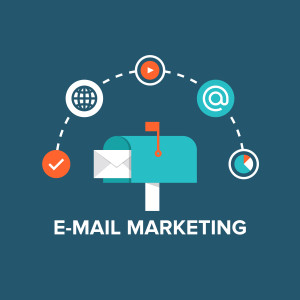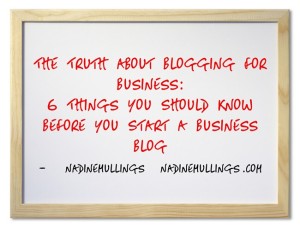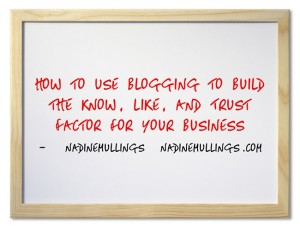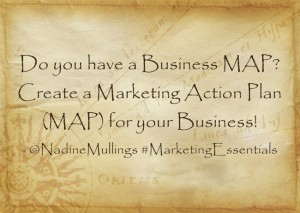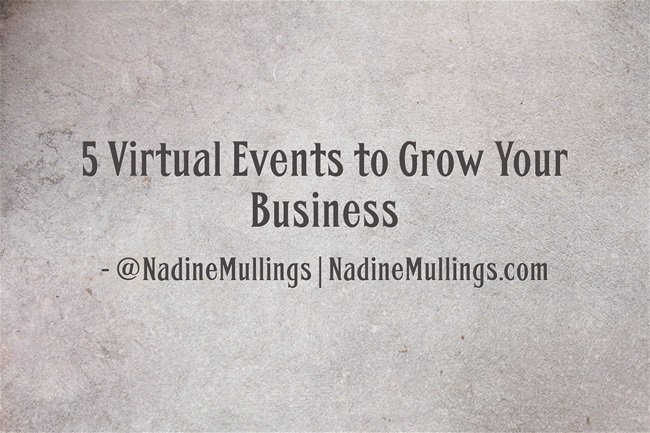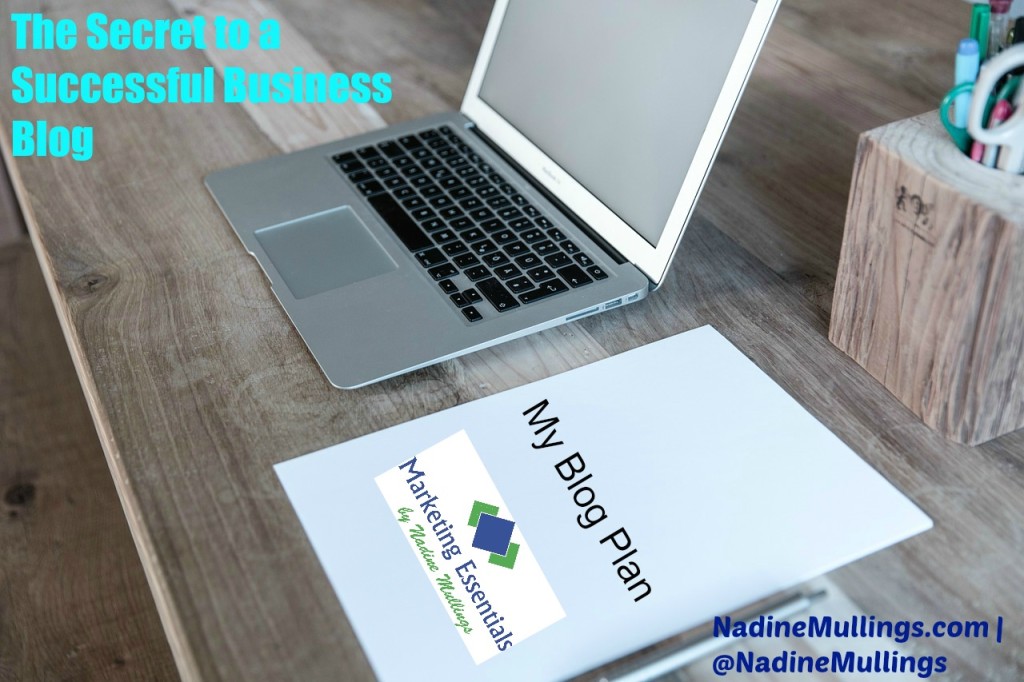 I have seen it over, and over, and over again. Independent business owners, coaches, or consultants who decide to start a business blog because they have heard that it is important to have a blog for your business. They usually have all intention to keep up with the blog, but after a few weeks or months, the blog ends up in the blog grave yard. Why does this happen so often? Because most people start blogging without a plan.
I have seen it over, and over, and over again. Independent business owners, coaches, or consultants who decide to start a business blog because they have heard that it is important to have a blog for your business. They usually have all intention to keep up with the blog, but after a few weeks or months, the blog ends up in the blog grave yard. Why does this happen so often? Because most people start blogging without a plan.
It’s true that there are many benefits of blogging, I wrote a blog post about how blogging can help you gain the know, like, and trust factor, which is so important when growing your business, but other factors include helping to identify you as an authority or expert in your field, or making it easier for people to find you and your business due to the Search Engine Optimization (SEO) benefits that occur from blogging.
However, without a real blogging plan, you can easily be doomed to head to the blog grave yard. Here are 5 things for you to consider when starting a business blog: [Tweet “Without a real blogging plan, you can easily be doomed to head to the blog grave yard. #Blogging #MarketingEssentials”]
- Why do you want to start a business blog? Basically, what is the goal of your blog, this could vary from:
- Building your expertise in your field
- Becoming known as a thought leader in your field
- Becoming known as an authority in your field
- Providing valuable information to your current customers/clients
- Attracting new customers/clients
- Building your SEO so you can be found in online searches
- Who is your target audience? Who are you trying to reach with your blog posts? You can answer this question by deciding the following:
- Are you talking to your peers in your industry?
- Are you talking to your current customers/clients?
- Are you talking to potential customers/clients?
- What do you want to talk about? Pick a particular topic or several topics that will be relevant to your business and your target audience, and decide to consistently blog about that topic or topics. When you have a business blog, you want to stay on topic and not venture off on to topics that do not relate to your business or can’t tie back to your business in some way. You also want to make sure that the information that you are sharing is relevant and will resonate with your target audience. What do they want to hear about? What are their struggles or concerns?
- How often do you want to publish your blog posts? Decide how often you are going to publish your blog posts and stick with it. The biggest problem I see when it comes to business blogs, is a company will decide to blog, but then they don’t stay consistent in publishing to the blog, because they get busy and the blog is secondary. If you decide to select a day and time to publish your blog posts then stick with it. If you decide the frequency to publish (daily, weekly, bi-weekly, monthly, etc.), then stick with it.
- How will you measure success? Now this is a touchy subject, because you could be blogging for months, even years and have no way to really measure the success of your blog. Some people measure success by traffic, how many people have visited the blog posts. Some people measure by shares, how many people have shared the post on social media. Others measure by blog comments, how many people actually comment on a blog post. Others measure based how many individuals have taken action based on the blog post (i.e. visited a sales page, visited a landing page, signed up for their email list, etc.). Depending on what your goal is from #1, that will determine how you need to decide what you will use to measure the success of your business blog.
Do you have a business blog? Do you feel like your business blog is successful? Share your comments and/or links to your blog below.
If you have a business blog and you would like to take it to the next level, or you are thinking about starting a business blog, we can help, contact us to schedule a free blogging success strategy session.

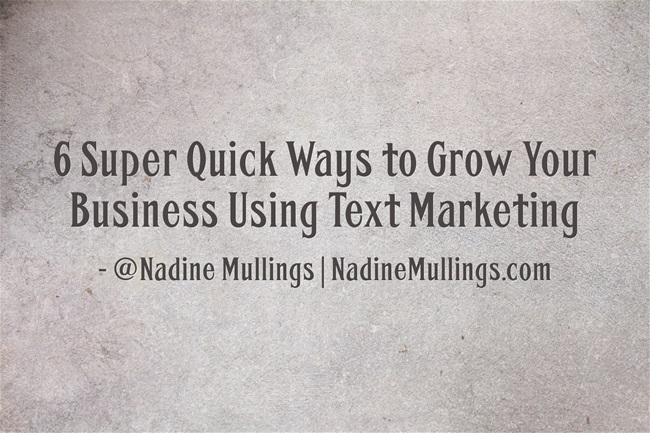
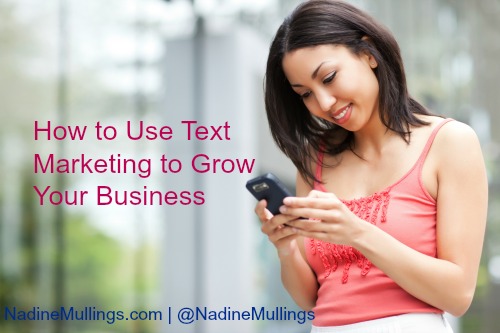
 As a small business owner, coach or consultant, email marketing can be a key way to grow your business, but are you using various types of email marketing to grow your business?
As a small business owner, coach or consultant, email marketing can be a key way to grow your business, but are you using various types of email marketing to grow your business?